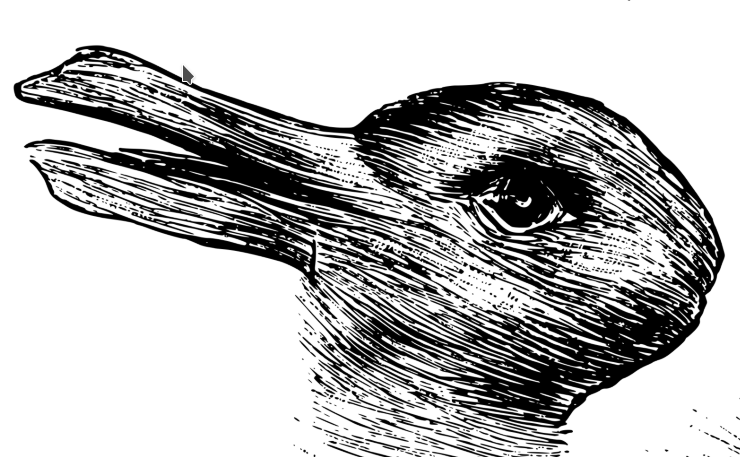
Mary Beth Willard’s 'Why It’s Ok to Enjoy the Work of Immoral Artists'
Willard, Mary Beth. Why It’s Ok to Enjoy the Work of Immoral Artists. New York, NY: Routledge, 2021. ISBN 978-0-367-89864-9
I was hoping this book would easily generate a discussion piece for me, but no. The author has a blog aestheticsforbirds.com besides the day job as an academic, though I guess we could say teacher in Utah to make it more mysterious. I’ll be looking through the blog next to see how wrong I am with my reaction review below, of this fairly recent book. With this post acting like baseline, we can look back later and see how much was learned.
Reactions are not research.
What did I learn? What did I put on the to do list?
About Kate Manne, Melbournite.
A bit here on interpersonal stances versus objective stances, in relation to discussing oughts with peeps, which danced around shouldy things a bit; depending on time and circumstance and intentions, and; reasons. [See Internalism about reasons: sad but true? Kate Manne Philosophical Studies 167 (1):89-117 (2014) ]
Also, there is a literature based on aesthetics as allowing a transformative experience. Everything is a mash-up I guess. No need for stark romantic genius.
What was I reminded about?
Tyla Vaeau’s 2009 work on Gauguin.

Tyla Vaeau Ta’ufo’ou. When Will You Marry? (Dee and Dallas Do Gauguin Series), 2009, digital montage, 8 × 11 in. (20.32 × 27.94 cm). Private collection. Image: courtesy the artist. Via
My younger daughter now nearly twenty would pull that both-lips-pushed-up face often, we called it the huffy face.
See also Caroline Vercoe's I Am My Other, I Am My Self: Encounters with Gauguin in Polynesia for a mention of Tyla Vaeau’s When Will You Marry?
Comparisons?
The worse thing about “cancel culture” is that it’s rashness will lead to bad inappropriate outcomes. Rashness is a key input into dogma and prejudice alike.
Pyrrho would disapprove too.
Reaction?
My biggest reaction? Why It’s Ok to Enjoy the Work of Immoral Artists is very focused on the individual consumer, or rather the individual as consumer (of art), and so the discussion is all very post hoc. But then it was not titled “How to be a cultural gatekeeper and not be a dick”.
There needs to be, by us all, more analysis of what needs to be done structurally and culturally, to keep narcissists out of roles (not just in the art industries) which give ongoing structural preferment to fuckwits, and create a safe world. Even cancel culture is a reactive consumerism.
No, I do not buy the darkness edge to creativity, just as I do not buy the madness edge to creativity, nor the drug-fucked edge to creativity. Mental anguish —maybe, but not the others.
Remember, every time a narcissist gets the gig, that means a non-narcissist did not get the gig. The opportunity cost alone is vast here.
There is a vicious circle of narcissists and psychos creating contexts in which narcissists will do well. I.E. it leads to destructive feedback loops of binary win-fuck-you situations. Narcissists manipulate all their relationships into these win-lose patterns. They are incapable of interpersonal stances.
So while there is some discussion of aesthetics versus ethics as value systems, there is little acknowledgement that perhaps a broader social ecology of axiological possibilities into how they interact (down through the ages), and the need to worldbuild and nurture, with one eye on psychopathy, is actually required.
See also:
Rape, Abuse, and Marion Zimmer Bradley by Jim C. Hines.
"Dealbreakers and the Work of Immoral Artists" by Ian Stoner
This post first appeared on substack.com
